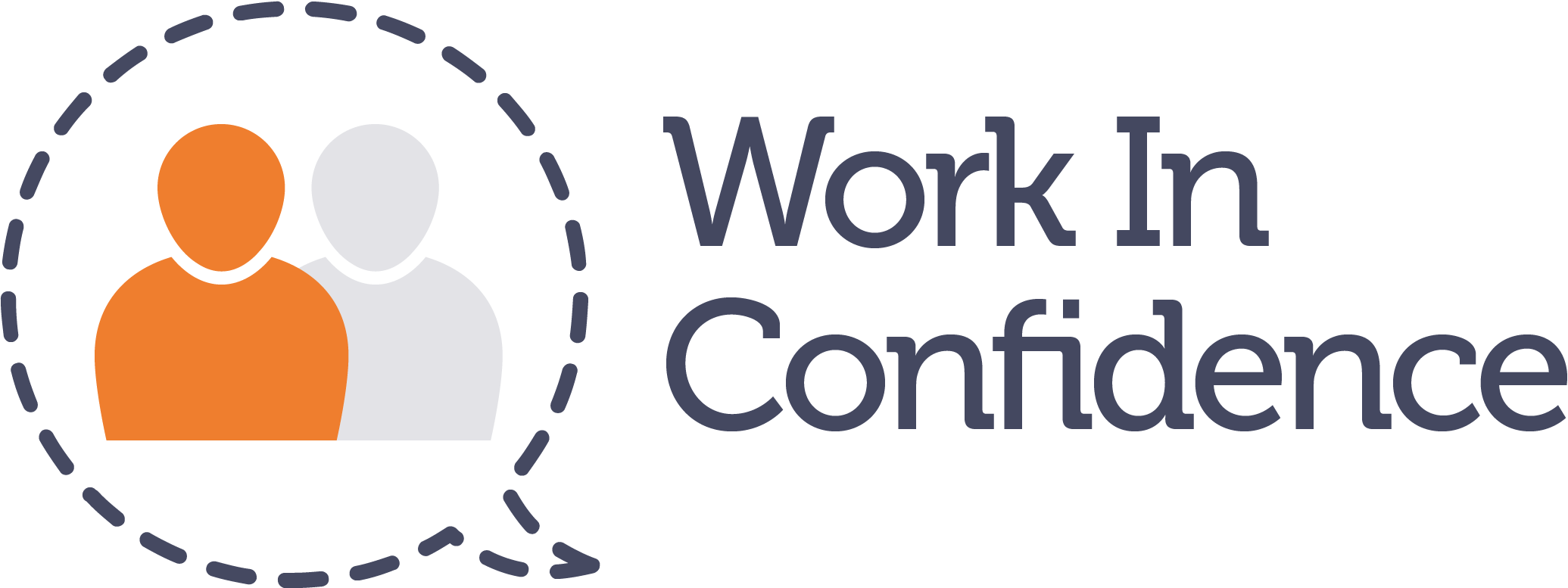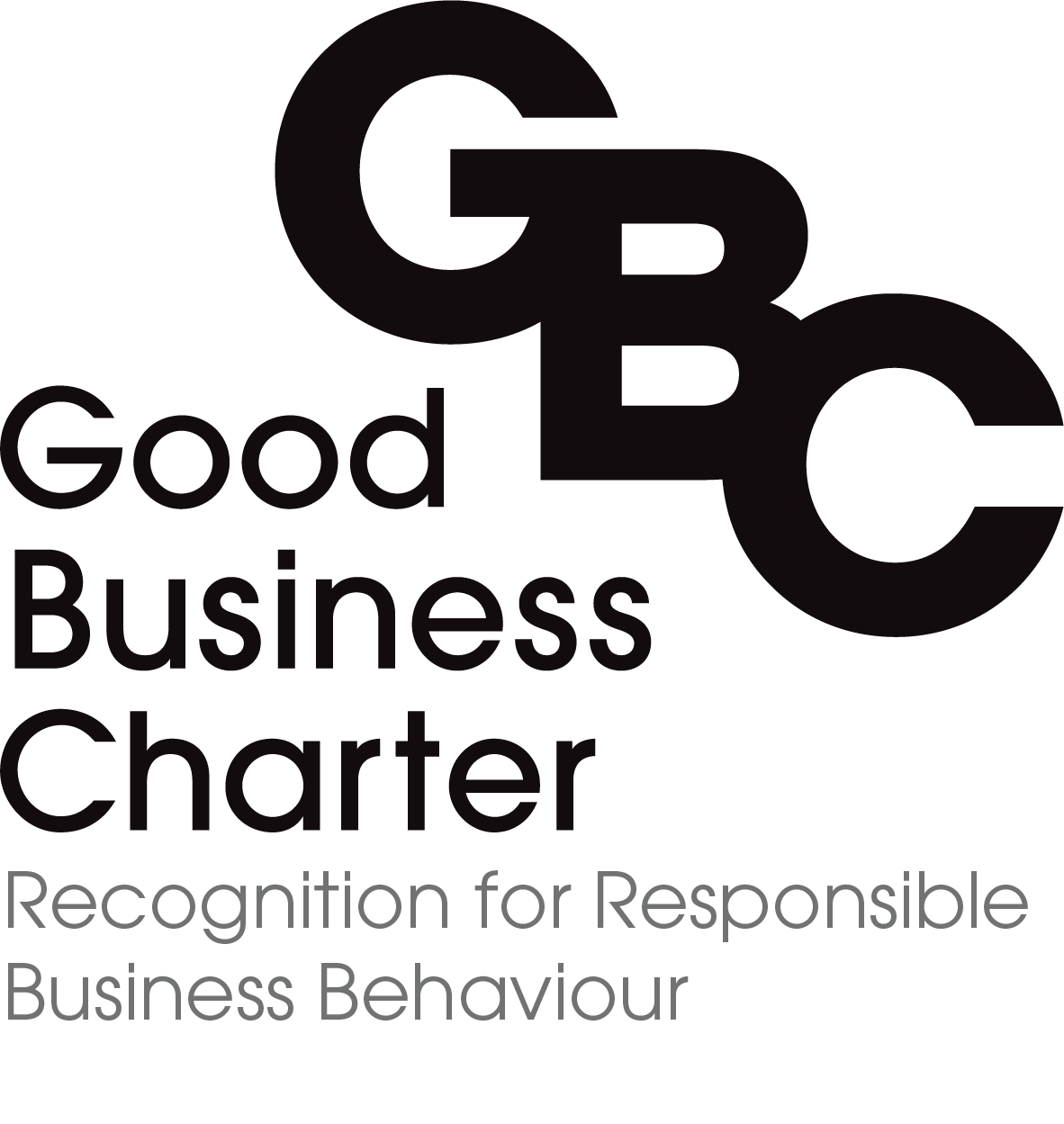
What is workplace bullying?
Workplace bullying; what is it? What it costs and how to stop it.
Spoiler: It costs UK businesses £Billions. You really need to tackle it!
Anti-bullying month
November is Anti Bullying Month. Whilst the month is primarily focused on the Education sector, it is also a good time to look at bullying in the workplace.
It’s worth recapping that in the UK, the Worker Protection Act was introduced in October 2024 and places greater onus on organisations to ensure they take positive action to spot and stop harassment in the workplace.
It’s great that harassment is being tackled and this long overdue legislation is now here – however bullying is it’s equally damaging, and equally prevalent twin.
The extent of bullying
According to the TUC in the UK:
- 29% of employees experience workplace bullying at some point.
- One in ten people have experienced workplace bullying in the last six months.
- Over half (53%) of people who are bullied DO NOT report it.
- Bullying costs the UK Economy £18 Billion a year, and according to the Health and Safety Executive, over 17 million working days are lost each year due to work-related negative behaviours, such as bullying (Hansard). That means if you have 200 people, bullying could well be costing your organisation c. £100K per year.
What is bullying in the workplace?
So, what is bullying? It can take many forms and usually involves negative treatment, aggressive or unwanted and unreasonable behaviour. Examples of bullying include:
- Constant criticism.
- Negatively differential treatment or unfair treatment of a person.
- Exclusion of a person, (this could be anything from exclusion from anything they might otherwise expect to participate in – a group, type of work, a benefit).
- Insulting, intimidating, or humiliating behaviour.
- Excess workload or pressure.
- Picking on, or regularly undermining someone.
- Denying training or promotion opportunities.
- Abuse of power or status which undermines, humiliates, or harms someone.
Bullying can be a one-off event, or a series or pattern of events. With a repeat event, each on its own may not look serious, but linked together, they have a cumulative effect. It can also be direct or via other media such as email or social media interactions.
A bully does not always have to have intent to hurt someone, it might be learned behaviour or something they are not aware of (the accidental bully).
At the more toxic end, bullies can be quite adept at covering up their behaviour to those who are not their victims – increasing the sense of isolation and helplessness of their victims.
What are the effects of bullying?
Bullying can be devastating to both individuals and organisations.
- Bullying can markedly increase stress of victims, having consequential effect on physical and mental health.
- Bullying can markedly reduce job satisfaction. performance and productivity.
- The effects on individuals may lead to increased turnover as staff seek a better working environment.
- Bullying may well affect your reputation as an employer (as people discuss it on platforms like Glassdoor).
- As your reputation suffers, hiring may be affected, with people not wanting to join a toxic environment.
- The combination of the above will begin to adversely affect organisational performance.
- Staff who are in a bullying environment are less likely to raise concerns which could affect things like Health and Safety.
- Ultimately, if you have bullying and harassment, your organisation will also have increased risk of litigation – particularly from affected individuals.
Your obligations
- Organisations have a general duty of care to their staff to ensure a safe working environment. That can include ensuring your organisation takes proper steps to prevent mistreatment of staff.
- An employee who is bullied without the employer tackling it, and leaves as a result, may be able to claim for constructive dismissal.
- Employees who suffer (such as mental and physical detriment) may have a claim against your organisation.
What should you do?
The following are some steps you can take to ensure you are in the right place as an organisation:
- Clear policies and procedures: Make required behaviours and standards clear. Have clear, well publicised policies on bullying and harassment.
- Training: Ensure you have regular, effective training for your people on what constitutes bullying, how to raise it and how to tackle it in your teams.
- Create the right environment: Create an environment where people feel safe raising problems and concerns, and know they will be treated respectfully and taken seriously.
- Zero tolerance: Have a zero-tolerance policy to bullying. Make sure bullying does happen it is tackled quickly and effectively. This should apply to every level of your organisation.
- Routes to Raise: Ensure that there are clear, well publicised routes for raising incidents. Include in these anonymous, two-way, communications.
- Follow Up: Make sure cases are quicky effectively followed up. This also includes ensuring you have a joined-up picture/overview of how many cases are occurring. Consider an online Case Management system to help.
- Prejudice: Check in that people who do raise things, feel happy with the process and do not feel they have suffered prejudice as a way of raising things.
- Surveys: Consider periodic mini surveys to check back with your people that they feel you are clear of bullying and that were they to see problems they would know how to raise it.
How WorkInConfidence support organisations to tackle workplace bullying
If you are interested in learning more, please reach out as I would be happy to have a discussion with you.
Why not book in a demonstration of our anonymous two-way reporting and see how quick and easy our surveys are to create and complete – together with HR case management reporting, you will see how these all integrate giving you real-time dashboard and reporting data, great insights and an overall picture of the health of your organisation.
The WorkInConfidence online platform is cloud-based and easy to use on PC, phone or tablet. We are quick and easy to get started with, trusted by your people, insightful for your management and proven by our extensive user base.
WorkInConfidence joins up trusted employee voice with management insights into the state of your organisation so you can learn, develop and thrive, no matter your size.




